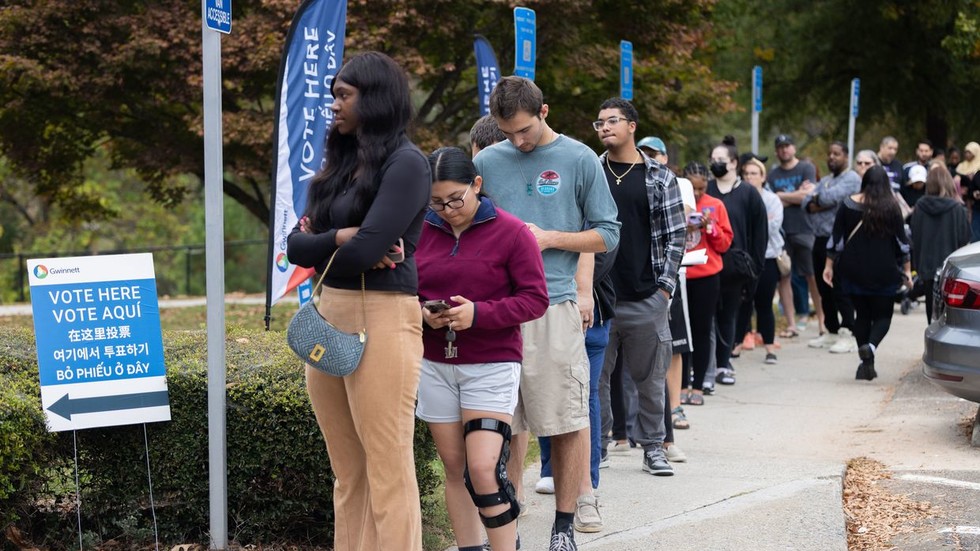The issue of signature mismatches on mail-in ballots in Nevada highlights a growing challenge among younger voters, particularly those from Generation Z, often referred to as “Zoomers.” According to the Washington Post, many of these young voters are not accustomed to signing their names by hand, primarily due to their reliance on digital devices for nearly all aspects of their lives. As a result, their handwritten signatures can lack consistency and recognizability. Nevada’s Secretary of State, Francisco Aguilar, pointed out that this demographic may not have fully developed a stable signature yet, leading to an increased likelihood of ballot rejections, particularly critical in a battleground state like Nevada. Given that automatic registration and digital signatures are common, the prevalence of mismatches has become a pressing issue, especially as the deadline for ballot verification approaches.
The implications of this signature mismatch issue could be significant, especially in closely contested races. Election activist Debra Cleaver, founder of VoteAmerica, emphasized that the number of rejected ballots is concerning at a systemic level. For instance, in California, over 3% of ballots faced rejection due to handwriting discrepancies, which could potentially alter the outcome of elections that are decided by narrow margins. The current standards for verifying signatures are not only cumbersome but also seem increasingly outdated, as many important transactions and legal documents today utilize electronic signatures. Cleaver argues that the continuation of signature verification is a relic from the past, urging for a re-evaluation of methods used to identify voters.
Aguilar also highlighted that the challenges related to signature matching are not confined solely to younger populations. Older voters, who may be used to signing their names in different ways over time, and those who have recently changed their signature due to marriage, find themselves struggling with the same verification issues. This suggests that the problem is more widespread and touches various segments of the population. In an attempt to mitigate the problem, Nevada’s election officials are taking steps to reach out to these voters through text alerts, a strategy likely to resonate more with younger constituents who are adept at using technology.
As of the latest counts, Nevada’s election has seen an estimated 94% of ballots accounted for, with Donald Trump projected to be leading with 51% against Kamala Harris’s 47.2%. In light of this, both President Joe Biden and Harris have reportedly conceded the election to Trump, who has secured a minimum of 292 electoral college votes compared to Harris’s 224. The threshold for winning the presidency is set at 270 electoral votes, making this election outcome particularly significant for voters and party supporters engaged in the electoral process.
The situation raises broader questions about the viability and efficacy of traditional voting processes, especially in an increasingly digital world. Cleaver’s advocacy for new identifying methods, such as using birth dates or partial social security numbers, suggests a need for electoral reform to adapt to the changing landscape of how society engages with technology. The reliance on handwritten signatures highlights a disconnection between voting regulations and the reality of how younger generations interact with identity verification in their daily lives.
Ultimately, these challenges serve as a wake-up call for electoral systems across the country to consider innovative solutions that cater to the evolving needs of the electorate. The ongoing discussion surrounding ballot signature verification is a reflection of a larger trend: a changing demographic that interacts with technology in ways that differ significantly from previous generations. As the stakes in elections continue to rise and the population shifts, the question remains: how can the electoral process modernize to ensure fair and accessible participation for all voters, regardless of their generational background? This challenge is multifaceted, requiring stakeholders to thoughtfully integrate contemporary practices into the electoral framework without compromising the integrity of the voting process.

